 Are you leaving K-State? Whether you are a student who is graduating or transferring or maybe an employee that is moving on to a new opportunity, there are several services and tools you will lose access to when you leave K-State.
Are you leaving K-State? Whether you are a student who is graduating or transferring or maybe an employee that is moving on to a new opportunity, there are several services and tools you will lose access to when you leave K-State.
For a complete list of what Students, Employees, Emeritus Faculty and Staff, and Retirees retain access to and lose access to, view the Leaving K-State webpage.
What do I need to do?
There are several tasks that Students and Employees need to do before they leave K-State. To learn more, view the Student Checklist or Employee Checklist.
Need help? Contact the IT Service Desk at 800-865-6143 or 785-532-7722 or via Live Chat. For face-to-face service, visit the IT Service Desk on the second floor of Hale Library.
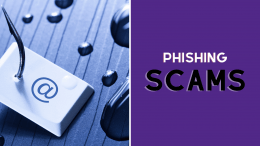 A new phishing scam is currently targeting colleges and universities. The scam email notifies students, faculty, and staff that federal government funds are available and asks the recipient to apply for the grant money and provide their personal data. Do not click the link; this is a scam.
A new phishing scam is currently targeting colleges and universities. The scam email notifies students, faculty, and staff that federal government funds are available and asks the recipient to apply for the grant money and provide their personal data. Do not click the link; this is a scam.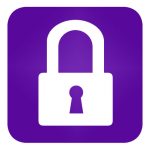 All K-State employees, students, and those needing access to university computing systems are required to have an eID. Your eID is used to enroll in classes, access Canvas, view online paychecks, and much more. Your eID is also part of your K-State email address: eID@k-state.edu or eID@ksu.edu. To learn more about your eID, view the following information.
All K-State employees, students, and those needing access to university computing systems are required to have an eID. Your eID is used to enroll in classes, access Canvas, view online paychecks, and much more. Your eID is also part of your K-State email address: eID@k-state.edu or eID@ksu.edu. To learn more about your eID, view the following information. As employees continue to work remotely, cyber-attacks are on the rise. The latest attack is the
As employees continue to work remotely, cyber-attacks are on the rise. The latest attack is the 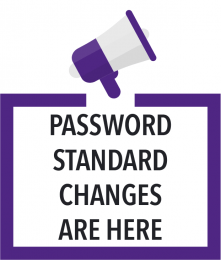
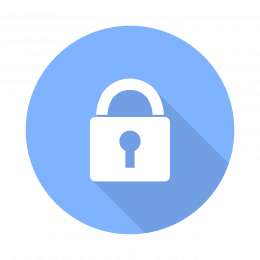 The Division of Information Technology has enabled the ability to encrypt email messages in Office 365.
The Division of Information Technology has enabled the ability to encrypt email messages in Office 365.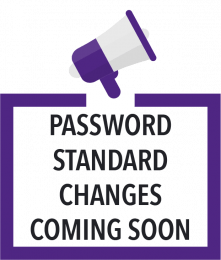
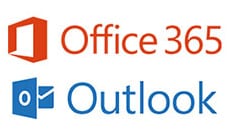 In an ongoing effort to keep K-State’s systems and services safe, malware filtering has been activated for K-State’s email. The filter protects the mail system and individual mailboxes from malicious software by blocking attachments that are commonly used to transmit viruses or malicious software.
In an ongoing effort to keep K-State’s systems and services safe, malware filtering has been activated for K-State’s email. The filter protects the mail system and individual mailboxes from malicious software by blocking attachments that are commonly used to transmit viruses or malicious software.